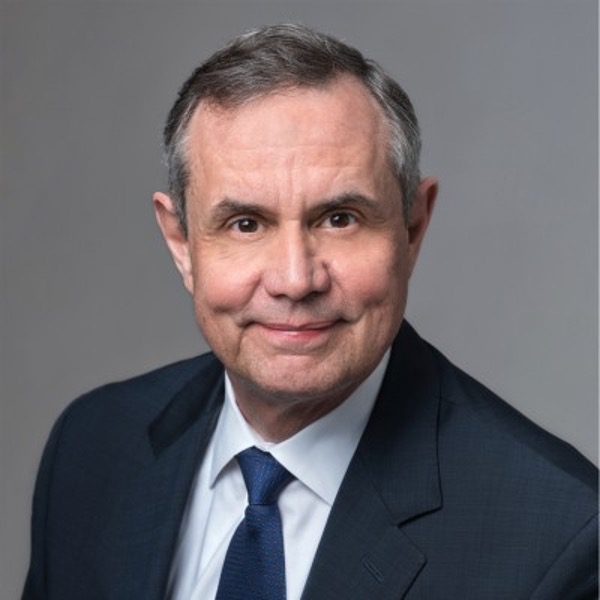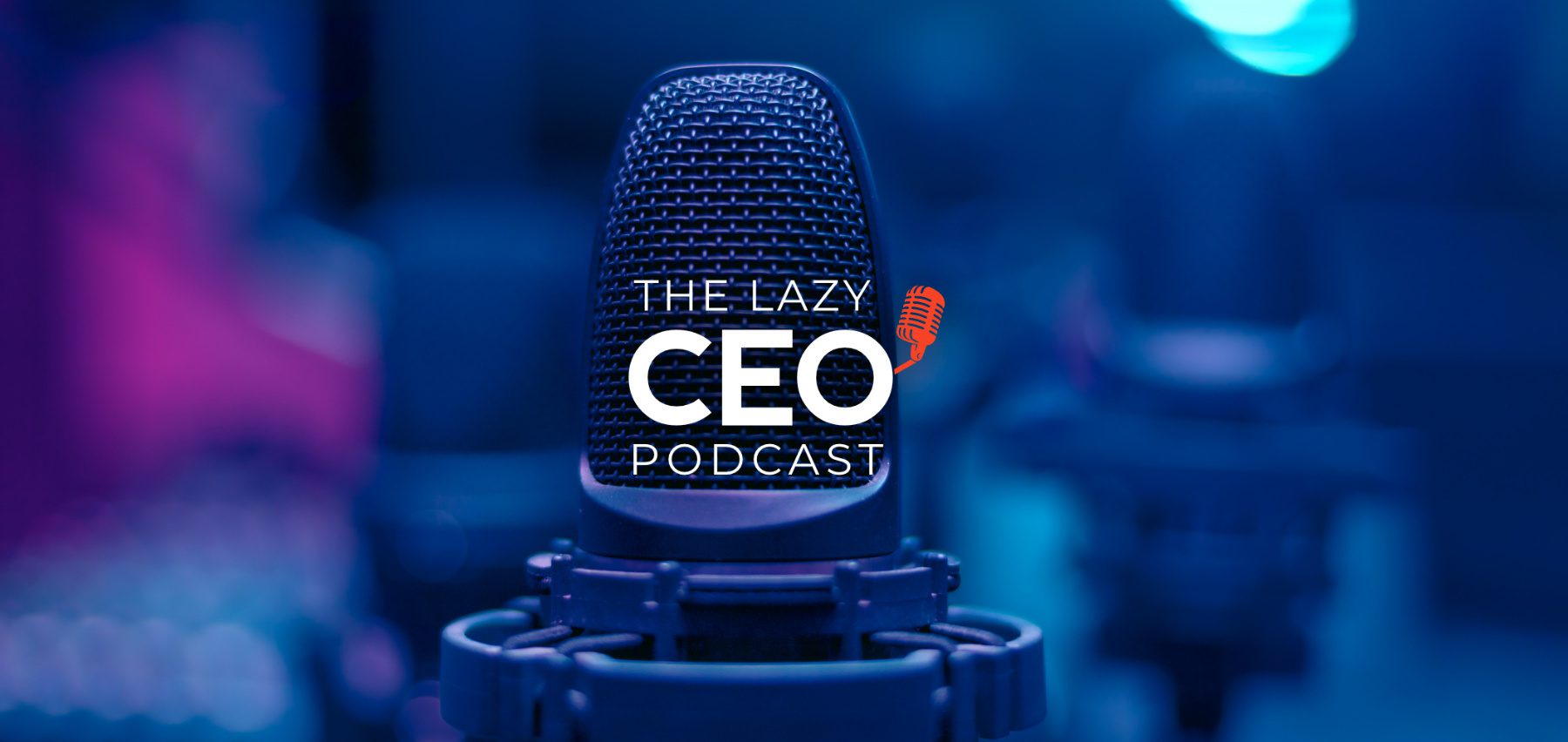A conversation about business models, capital structure, and managing investors between Jim Schleckser and Dave Warren
In this Episode:
Jim:
Today we going to talk about several important business topics for CEOs with a long-term member of The CEO project and a friend of mine, Dave Warren. Dave is a serial entrepreneur. He started and owned, a couple of different businesses, but he’s kind of a student of business. Dave really appreciates business as much as I do. Tell us a little bit about that business and why you started that business versus any other business you might get into.
Dave:
From the time I graduated from college, I was looking for a business to buy. The day I graduated, I found a partner and tried to buy the bookstore I had been working at, but quickly realized that, even with the best of intentions, if you didn’t have a little capital. Then, contrary to my dad’s advice, who had a 40-year career in the oil industry. His advice was, whatever you do, don’t get into this business. And of course, like every good son, I just ignored him and got into it.
At the end of the day, it’s what you’ve seen and what you grew up with. So I got into the oil field, started out in field service, then got into manufacturing, and then into distribution. And then in 1995, I was working for a company in steel distribution and went to them and said, I think there’s a different way to structure this business. At the time it was very transactional. I said I think there’s a different way to put supply chains in place other than this transactional model that everybody’s been using.
I went to the owners of that business and said, what do you think? And they said we like what we’re doing. But I felt compelled to try this and so I started it with two partners. We just started doing what we did, servicing the heck out of the customers and providing solutions. And they knew they could come to us, with issues or problems or things that they were trying, to solve, and we would come up with an answer. We kept reinvesting in the business. We got up to about 70 million in revenue over about an eight- or nine-year period.
At the time, there was a lot of talk about the oil industry not going to be a domestic industry anymore. So, we figured we needed to get into, either needed to be a good, small regional business or we needed to expand the business and go global. So over about a period of 24 months, we did two acquisitions, one in the US and one a UK subsidiary of a French conglomerate. We tripled the size of the business. Each one of those was doing about 70 million in revenue. We basically put together a global footprint and looked at kind of the geographies of the products on the customers, and we did a three-dimensional matrix on what we wanted the acquisitions to solve. By the time we finished that 24-month period, we had solved most of what we wanted as far as what our vision was on how to service the market. We put in supply chains, support for manufacturing and operations on a global basis for people globally building, equipment for drilling, and downhill tools.
Jim:
Interesting. Follow the customer, right? If I see the customer migrating, I go with them, or I don’t. What was the competitive advantage compared to the transactional companies that could do exactly what you could do? They could buy and they could sell, but what made what you did differently? Was it, was there an engineering element? What were the pieces that made that business different?
Dave:
Back to the partnering idea. We convinced customers to let us behind the curtain, we would talk to them about their forecast, and their bill of materials, and then tried to rationalize because every part was designed kind of as a unique part. With its own unique raw material. What we tried to do was, was rationalize and consolidate their spending into a smaller number of raw material SKUs.
Then we would consolidate that demand over multiple customers and try to drive everything to a consistent supply chain inventory. So, we were able to buy by doing that and with the scale that we had, we were able to look at various customer demand points by region and then work with the mills and the suppliers to bring in higher volume. Plus, we were able to give the customer value by lowering their individual transactional costs.
Jim:
Did that translate into loyalty because you’re trying to move from transactional to relational? Did it work or did they say, thanks for all the help, now let’s talk about your price
Dave:
It worked for a while. But competitors started catching up. The business as you see now, even the oil industry cycles dramatically. It goes from a period of oversupply to undersupply quickly. In times when they were having trouble getting material, there was a lot of loyalty in times when there was a business downturn. There was kind of a diminishing loyalty on both the supplier and the customer side, depending on where we were in the cycle.
Jim:
Let’s go over the capital structure, this is expensive stuff and you’re holding a lot of inventory for these people. So, talk and tell us how you financed all that inventory.
Dave:
We financed it primarily with debt with the idea after we got things kind of rationalized, we got the synergies out of the business. We would deal by bringing in a partner to take some of the debt out. Unfortunately, it happens quickly, and demand falls off quickly. There’s a huge supply chain requirement in place, and it doesn’t happen overnight. There’s a lot of capital that must be deployed and people need to have a comfort level that it’s safe to deploy it and the industry’s going to continue to be supported over an investment time.
Jim:
So, you brought in partners, was that debt and then later equity, and obviously it’s a cyclical business, so you hit a downturn. How did your equity partners or your debt partners react? And what did that look like? The reason why I want to go down this path, Dave, is there’s some learning in here I think for people about what can happen good, what can happen bad in that, and maybe what you want to do before that to protect it.
For more of this conversation about business models, capital structure, and managing investors, listen to this episode of The Lay CEO Podcast.
Resources mentioned in this episode:
- Dave Warren on LinkedIn
- Energy Alloys on LinkedIn
- Jim Schleckser on LinkedIn
- The CEO Project
- Great Ceos Are Lazy: How Exceptional Ceos Do More in Less Time by Jim Schleckser
Thank you to our guest, Dave Warren

Helping companies position for growth and scale-ability, Dave has led diverse and multimillion-dollar revenue streams with businesses in Texas, Mexico, Louisiana, Oklahoma, Edmonton (Canada), the UK, Dubai, Singapore, and Korea.
With expertise in capital formation, capital raises, and scaling, Dave founded a global family distribution and manufacturing company in the mid-90s growing it from zero to $500M in sales and 800 employees at the peak of our business. They grew exponentially in the alloy metals industry in the highly volatile oil and gas sector.
In this journey, Dave has built and scaled businesses and led great people. Dave has driven growth organically and through acquisitions. His expertise includes growing early to mid-stage businesses with an established track record and adding product lines, growing the customer base, and expanding global operations.
Sponsor for this episode…
This episode is brought to you by The CEO Project. The CEO Project is a business advisory group that brings high-caliber, accomplished CEOs together. Our team of skilled advisors is comprised of current and former CEOs who have run both public and private sector companies across multiple industries. With our experience and expertise, we guide hundreds of high-performing CEOs through a disciplined approach that resolves constraints and improves critical decisions. The CEO Project has helped high-performing, large enterprise CEOs with annual revenues ranging from $20M to over $2 billion to drive growth and achieve optimal outcomes. If you are an experienced CEO looking to grow your company, visit www.theCEOProject.com.









